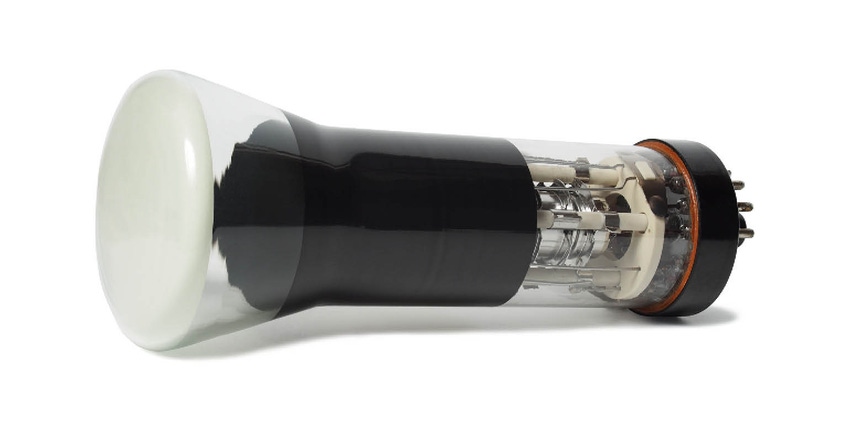Some cathode ray tube glass (CRT) that was going to Indiana Creek Landfill in Illinois is now on a new course, due to technology developed by Kussakoski enabling the separation of leaded and nonleaded parts.

Some cathode ray tube glass (CRT) that was going to Indiana Creek Landfill in Illinois is now on a new course, due to technology developed by Plainfield, Ill.-based electronics recycler Kuusakoski U.S. that enables the separation of leaded and nonleaded parts. The nonleaded glass will be used in landfill gas extraction wells and wells that recirculate leachates. The leaded glass will be treated, and some will be shipped to smelters to make other products.
“We invested in a new conveyor system that can detect the difference between leaded and nonleaded glass and separate it,” says Rich Hipp, CEO of Kuusakoski U.S. “Before, the nonleaded [glass] was comingled with the leaded [glass] and not usable for recycling. We were crushing CRTs, treating mixed glass and putting it in a dedicated cell for future recovery.”
Storing the crushed material on landfill has been an issue of ongoing contention, meeting heated objections from state electronics recycling programs and e-scrap certification program facilitators.
For some time, Kuusakoski has removed circuit boards and wires, plastics and steel. Steel and plastics are shipped to refiners, while the other materials go to the company’s Plainfield operation for further processing.
Where the process has changed is that now glass travels to another conveyor within Kuusakoski’s plant. Tubes, made of leaded funnel and nonleaded panels, are separated onsite.
The clean glass drops through a chute and goes into a roll-off container to ensure it is routed to the proper location and not mixed with leaded glass. The leaded material goes to a treatment center to be rendered nonhazardous through a chemical process and is sent to a lined cell, available for future recovery. Otherwise, it goes to a smelter to extract the lead for reuse.
“This new process allows us to recycle more of the TV because we are capturing nonleaded glass while addressing environmental issues tied to managing this material,” says Hipp. “Our customers are recyclers, collectors and some municipalities. Those who want to send their leaded glass to a smelter can, or they can put it in a retrievable cell; so they now have a second option.”
The company’s capacity for recycling is currently limited to 25 million pounds annually. It hopes to scale up in time.
Peoria Disposal Company (PDC), which owns several Illinois landfills, received a permit modification to accept the panel glass to use in construction of gas extraction wells and leachate circulation wells.
“Every ton of CRT panel glass we use as an aggregate substitute will preclude the need for a ton of aggregate to be mined and shipped to the landfill, while providing recycling benefit.,” says Chris Coulter, vice president and COO of Peoria Disposal Company. “We expect that the percentage of a CRT television that is recycled will increase from the current 42 percent by weight to 83 percent by weight.”
In time, the company expects to use about 5,000 tons per year of panel glass in lieu of aggregate in its gas extraction and leachate recirculation wells.
“We are lucky in that we have this PDC partnership because construction aggregate is a guarantee. There is a home for it, and it will be used,” says Hipp.
As far as the glass that’s stored in a minable cell, Kuusakoski has sought approval for R2 and e-Stewards certification. It has not received R2 acceptance. But the state Environmental Protection Agency and e-Stewards have approved the method as an acceptable alternative, according to Hipp.
Sony is currently using Kuusakoski’s mineable cell to place leaded glass and nonleaded panels from its end-of-life products.
“Kuusakoski’s process comes with the benefit of being able to reuse most of the glass while storing the remainder for future reuse,” says Doug Smith, director of corporate environment, safety and health at Sony. “This is a very low-carbon solution, with near zero potential risk to the environment or company. It has helped Sony to reach for its aggressive goals to significantly reduce our footprint on the environment.”
While Kuusakoski’s landfill storage operation will continue, these new reuse options will divert volumes. How great a volume will depend on the market that emerges for these recovered materials.
About the Author(s)
You May Also Like




